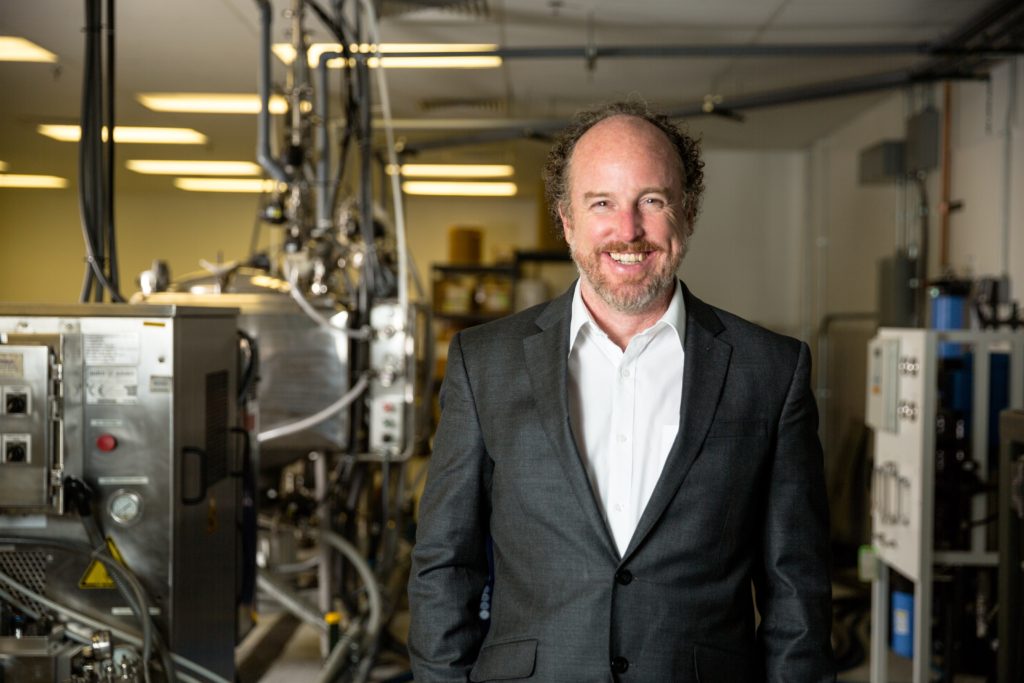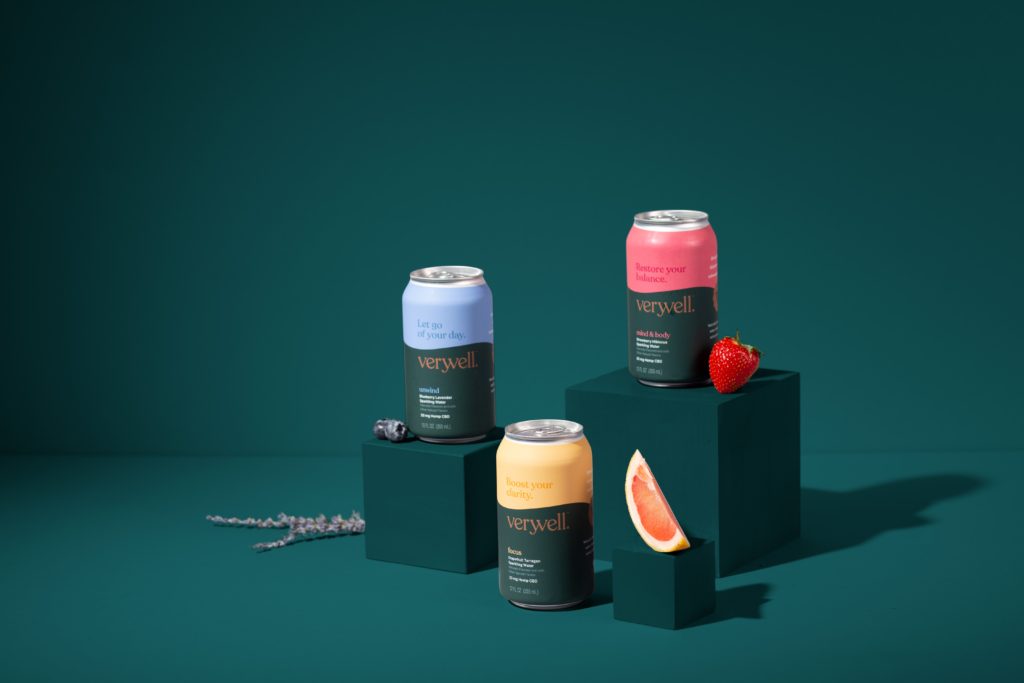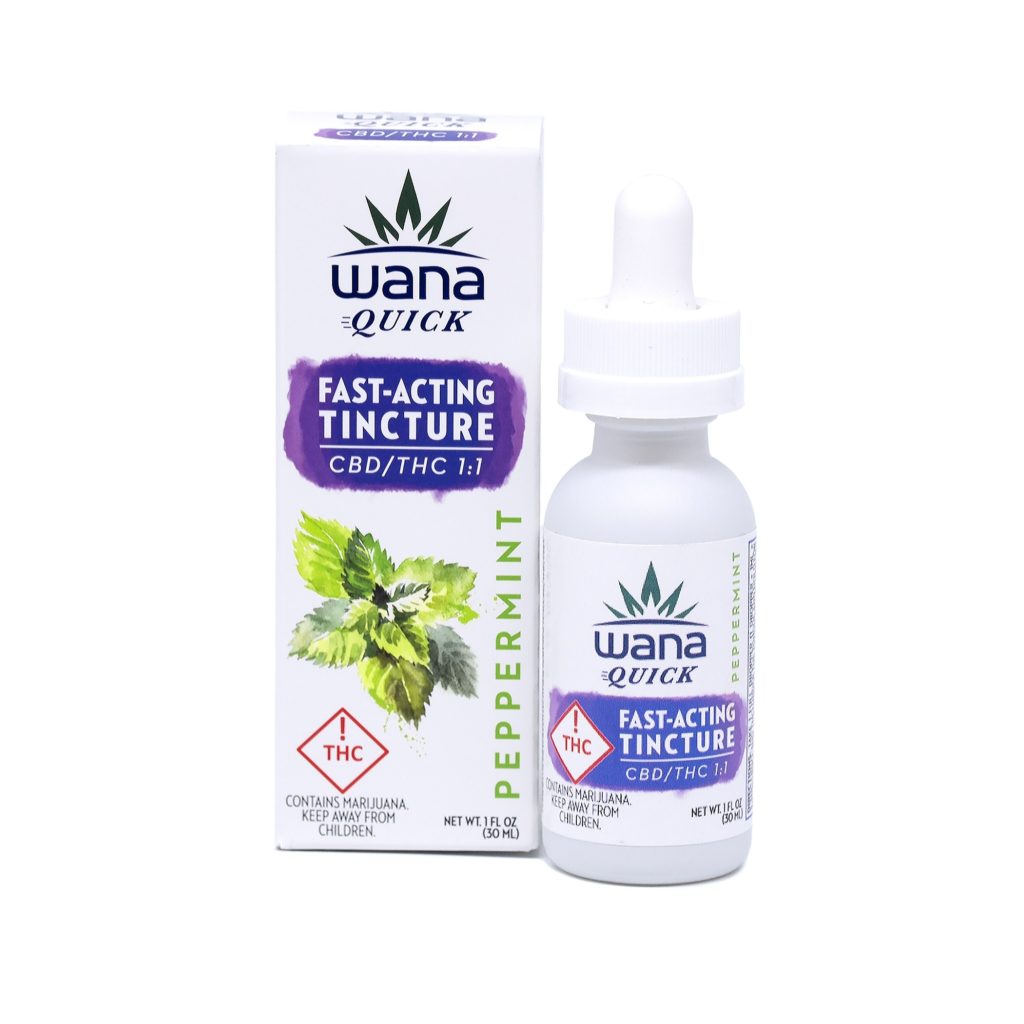Cannabis Edibles and Drink Review had the pleasure of sitting down with Dr. Christopher Shade, founder of Quicksilver Scientific.
CEDR: Could you please share background on yourself and how you got into the Cannabis space.
Dr. Shade: I’m doing a lot of work in cannabis right now, but my core expertise is in functional medicine or integrative medicine. At Quicksilver Scientific, our focus is on progressive healing, using advanced bioavailability systems or what are also referred to as “delivery systems.”
I started off as a science kid who dabbled in mind-liberating substances in college, but became disillusioned and started organic vegetable farming. I was an early participant in the organic movement, before Whole Foods came along and really thrust organic foods into the spotlight.
Eventually though, I went back to grad school and got a PhD looking at metallic toxins in the environment, specifically mercury. That work sparked my deep interest in natural health because I saw a problem and wanted to find a solution. From there, I developed a number of products to rid the body of mercury. In order to do so, I had to learn how metals are processed in the body and how the body detoxifies. I had to get this stuff called glutathione into the body. Glutathione is a little peptide you make out of three amino acids. It’s got a special sulfur group on it that either acts as an antioxidant or binds onto metals and other toxins to act as a chaperone and escort them out of the body. Normally the three amino acids wouldn’t be absorbed in your stomach or GI, so I had to find a way to get it in, which led me to this family of what are called lipid nanoparticles.
You’re using fats to make these little spheres with either oil or water in the middle of the sphere. The water is for taking water solubles like the glutathione, B vitamins or vitamin C. The oil droplets can deliver oil soluble nutrients like vitamin D and vitamin A. In the cannabinoid world, the sphere is used to transport the cannabinoids and terpenes.
If the little nano droplet of cannabinoids, dissolved terpenes and other oils is small enough, they can pass through the mucous membranes in your mouth, into the capillaries under the surface of the mouth and go right into circulation in the body. I refer to that process as intra-oral, but some people call that delivery method tinctures.
CEDR: That’s how it’s being marketed today?
Dr. Shade: Yes. In the cannabis world, they’re called tinctures. Personally, I don’t really like the term tincture, but it’s what the cannabis industry has been using. At Quicksilver Scientific and in the medical world, we call them liposomes and/or nanoemulsions. Intra-oral delivery achieves the fastest absorption, with uptake in the blood within two to five minutes.
CEDR: Which Wana product is that?
Dr. Shade: It’s called Wana Quick Nano Technology Fast-Acting Tincture.
There’s also a company in California called Sunderstorm that has an intra-oral line licensed from us.
CEDR: Please tell us about your partnership with Molson Coors.
Dr. Shade: Molson Coors came to us to provide the technology for their joint venture with Hexo, called Truss Beverages. They launched cannabis beverage products in Canada in June 2020 and just launched their first CBD beverages in the U.S. this January. Molson Coors wanted to create a line of non-alcoholic, hemp-derived CBD beverages with the goal of matching the onset and offset time of an alcoholic beverage. By using nanoemulsions in the beverage, consumers can feel the effects of the CBD pretty quickly and the offset rate is similar to an alcoholic beverage—about two to three hours. In terms of onset, it depends upon how fast the consumer drinks it, but typically you’ll see a peak in the blood after about 40 minutes. This stands in contrast to the effects of edibles, which can take up to two hours to kick in and last up to six hours, and tinctures, where you see a peak in the blood between 15 and 30 minutes.
We also had to make the nanoemulsions transparent for use in beverages. A lot of CBD beverages currently on the market are really cloudy. That’s because there’s a relationship between the size of the droplet, how cloudy it is and the onset speed. The smaller you make them, the faster they can be absorbed. In addition, the more miniscule the particle is, the more transparent it becomes because it is smaller than wavelengths of visible light. With bigger particles, the light hits them and refracts back chaotically, making white light. Larger emulsions can make a beverage look milky, or even brown if you’re using a hemp extract. However, when you’re using something minute in size like a nanoemulsion, the wavelengths of light just sail over it and the effect is beautifully transparent.
CEDR: Thanks Dr. Shade. We look forward to keeping abreast of your new innovations in the future!



